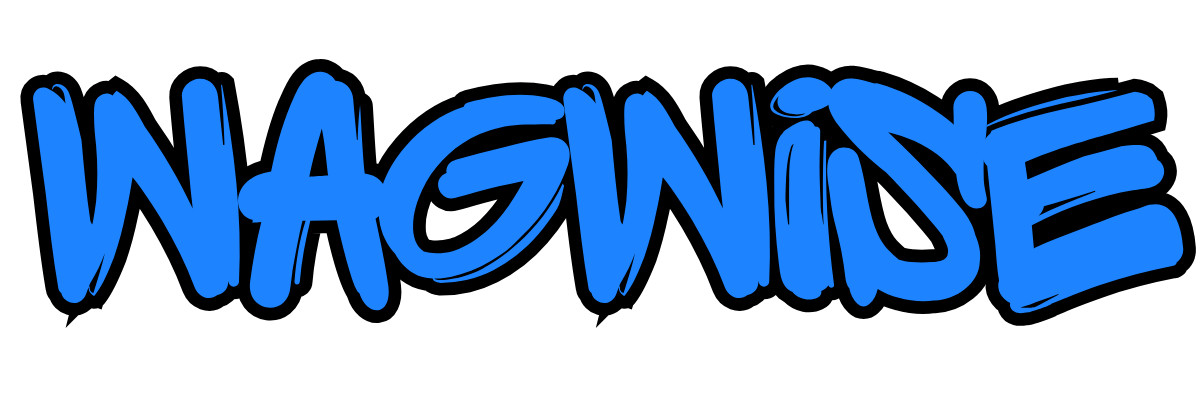Dog Potty Training
How to Help Your Pup Master the Art of “Going Outside”
“Why is my dog still having accidents inside?”
Grumpy Max says: “You try holding it in for 8 hours without thumbs.”
If your dog is still leaving little surprises on your floor, don’t panic.
You’re not alone—and your pup’s behaviour isn’t a sign of revenge or rebellion. Potty training can be one of the most frustrating parts of dog ownership, but it’s also one of the most important for a peaceful life with your four-legged friend.
This guide will help you understand why dogs have indoor accidents, what you can do to support their training, and when it’s time to seek help.
Let’s take the stress (and mess!) out of potty training.
Why Do Dogs Have Accidents Inside?
Even if your dog is past puppyhood, accidents can happen for a variety of reasons:
🧠 Incomplete Training
Dogs need clear, consistent routines to learn where they should and shouldn’t go. If training is rushed or inconsistent, your dog may still be confused about what’s expected.
🕐 Inconsistent Schedules
Dogs thrive on routine. If feeding, walks, and toilet breaks happen at random times, it can be difficult for your dog to predict when the next opportunity to relieve themselves will come.
😟 Anxiety or Stress
New environments, changes in the household, or even your absence can cause stress-induced accidents. Some dogs may also mark territory in response to anxiety.
🩺 Health Issues
Urinary tract infections, digestive problems, or age-related incontinence can lead to sudden accidents, even in dogs who were previously well-trained.
Grumpy Max puts it simply: “Sometimes, it’s just hard to hold it. Especially when you don’t understand the rules yet—or your bladder’s not cooperating.”
Top Potty Training Tips: Consistency, Patience, Praise
Mastering potty training doesn’t happen overnight, but with a solid plan, you’ll get there.
Here’s how to set your dog up for success:
🕒 1. Stick to a Consistent Feeding and Potty Schedule
- Feed your dog at the same times each day to regulate digestion.
- Take them outside first thing in the morning, after meals, after naps, before bed, and after play.
- Praise them immediately when they go in the right spot—timing matters!
Pro tip: Puppies usually need to go every 1-2 hours. The general rule of thumb? Age in months + 1 = maximum hours between breaks.
🎉 2. Reward Outdoor Potty Breaks Generously
When your dog does their business in the right place, act like they just won the lottery. Treats, praise, or a quick play session help reinforce the behaviour.
Avoid punishing indoor accidents, as this can create fear and confusion. Instead, redirect and reward the right behaviour.
👀 3. Supervise Indoors or Use Crate Training
Until your dog is reliable, watch them like a hawk indoors.
If you can’t supervise:
- Use baby gates to limit access to the house.
- Crate training can be very effective, as dogs naturally avoid soiling their sleeping area.
Just make sure the crate is the right size—not too big (or they’ll potty in a corner) and not too small (or it’s uncomfortable).
🧼 4. Clean Accidents Thoroughly to Remove Scent Markers
Dogs have powerful noses. If you don’t clean thoroughly with an enzymatic cleaner, your dog may return to the same spot again and again.
Avoid ammonia-based products—they smell like urine to dogs and may encourage repeat offences.
When Should You Be Concerned?
Potty training isn’t always straightforward, but certain patterns may point to a deeper issue.
It’s time to seek help if:
- Your dog is older than 6 months and still has frequent accidents despite consistent training.
- A previously house-trained dog starts having accidents suddenly.
- Accidents are accompanied by symptoms like increased thirst, urination frequency, diarrhoea, or lethargy.
In these cases, a vet check can rule out infections, digestive issues, or other health concerns.
Behavioural trainers or dog behaviourists can also help if anxiety or environmental triggers are at play.
Related Questions
❓How long does it take to house-train a puppy?
Most puppies take 4–6 months to be fully house-trained, but some may take up to a year. Consistency, routine, and positive reinforcement are key.
❓Should I punish my dog for indoor accidents?
No. Punishment can create fear, damage trust, and make your dog anxious—which can lead to more accidents. Instead, clean up calmly and focus on rewarding the right behaviour.

Grumpy Max’s Final Word on Toilet Training
“Look, we’re not born knowing where to poop.
You weird humans have rules about rugs and lawns and invisible bathroom zones.
Give us time.
Give us treats.
And maybe let us outside before that third coffee.”
Related Blog Posts You’ll Love:
- House-Training 101: Patience, Praise & Poo
A beginner’s guide to setting routines, choosing the right potty spot, and surviving the early weeks.
- 5 Mistakes You’re Making in Toilet Training
From missed timing to overfeeding—avoid these common errors that could be sabotaging your progress.
Final Thoughts: You’ve Got This
Potty training takes time, repetition, and a bit of humour.
Every dog learns at their own pace, and a few setbacks are normal. Stay patient, stay consistent, and celebrate every little win—because one day, your dog will head to the door all on their own, and you’ll know the hard work paid off.
If you need help along the way, don’t hesitate to reach out to a professional trainer or your vet. And remember—accidents on the floor don’t mean you're a bad dog owner. They just mean you're in the middle of the learning journey.
Keep calm and carry poo bags. 🐾
Need more help with training?
Check out our
Dog Behaviour Guides, or get in touch with one of our trusted trainers for a personalised plan to transform your jumper into a joy.

